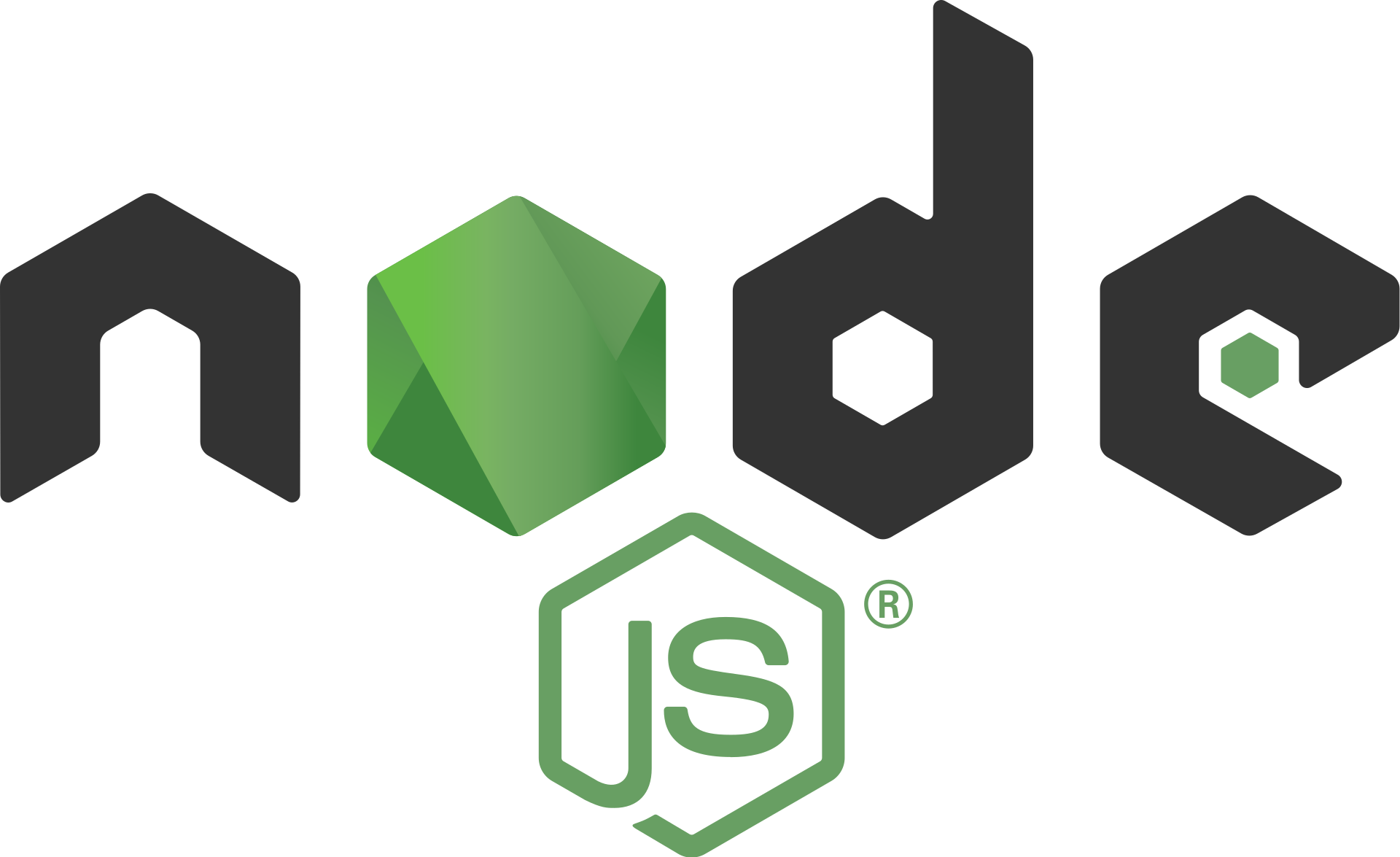Javascript Back-end Web Development Overview
José Nunes -
JavaScript is a programming language that is commonly used for front-end web development, but it can also be used for back-end development through the use of a runtime environment. The most popular of these runtimes is Node.js.
What is Node.js?
Node.js is a JavaScript runtime environment that allows developers to run JavaScript on the server-side. It is built on Chrome's V8 JavaScript engine and allows developers to create scalable and fast network applications.

This means that the same language can be used for both the frontend and backend of a web application, making development more efficient and consistent.
One of the key advantages of using Node.js for backend web development is its ability to handle a large number of concurrent connections with ease. The event-driven, non-blocking I/O model means that it is able to handle multiple requests simultaneously, making it well-suited to real-time applications such as chat apps and online games.
Another advantage of using Node.js is the large number of available packages and modules. The Node Package Manager (NPM) is a package manager, and it is the largest ecosystem of open source libraries in the world. This means that developers have access to a wide range of pre-built modules that can be easily integrated into their application, saving them time and effort.
Are there alternatives to Node.js?
Yes, there are other JavaScript runtime environments that can be used as alternatives but they're not as widely adopted as Node.js and may not have the same level of support, documentation and available libraries.
Some popular options include:
| Year | 2018 | 2021 |
| Engine | Chrome V8 | JavaScriptCore |
| Written In | Rust | Zig |
| Github Stars |
What web frameworks are out there?
One of the most popular frameworks for Node.js is Express.js. The "Fast, unopinionated, minimalist web framework for Node.js" provides a robust set of features for web and mobile applications. It simplifies the process of routing, handling requests and responses, and middleware management. Is very easy to learn and is widely used for creating APIs, Web apps and also for creating backend for mobile apps. Below are some examples of the most popular frameworks:
- Express.js is considered the standard and it's the most popular and widely used.
- Fastify is inspired by Express.js and Hapi.js. Has an overall better performance than Express.js but it is way less popular.
- NestJS is a framework that provides a level of abstraction over other web frameworks (Express.js, Fastify and others). It's a productivity booster that organizes the architecture pattern and keeps it clean and modularized.
- Koa.js is similar to Express.js and aims to be a smaller, more expressive, and more robust foundation for web applications and APIs.
- Hapi.js is more focused on security and is more suitable for creating APIs and large-scale applications.
- Meteor.js is a full-stack framework that offers real-time updates and is suitable for building real-time web and mobile applications.
Each of these frameworks has its own unique features and is suited to different types of applications.
Node.js also has a large and active community, which means that developers have access to a wealth of resources, tutorials, and support. This can be particularly useful for beginners who are new to server-side development.
And when the application is too big?
There are some features that are important in big enterprise apps. The first ones that pops are Type Safety and project organization. In this case you probably want to aim for Typescript and a framework like Nest.js that brings both out of the box.
Conclusion
In conclusion, JavaScript is a versatile programming language that can be used for both front-end and back-end development. With the help of runtime environments such as Node.js, developers can create full-stack web applications using a single language. Node.js provides an efficient and scalable way to handle server-side operations and has a large ecosystem of open-source modules available through npm. Additionally, the use of JavaScript on the back-end allows for easier communication and the sharing of data between the front-end and back-end of an application. While there are alternatives to Node.js as a JavaScript runtime, it is by far the most popular and widely adopted one.
Overall, JavaScript is a suitable choice for backend development, providing a unified development experience and a vast ecosystem of libraries, tools and frameworks.


